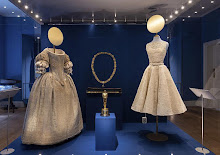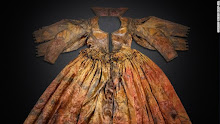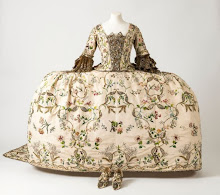Dear Bride-to-Be:
With
our “gratitude” theme from last month, I was reminded of another excerpt from my new book, The End of the Fairy-Tale Bride. I
love how this little story expresses the importance of sharing from your heart…no
matter how busy or tired or preoccupied you might be. The setting here is following a most momentous wedding in 1947:
...then there are always some “heart words” sitting there, waiting to
be said or put into a letter, no matter the circumstances, even for a busy and tired
king. Following a grand November wedding; after waving to cheering crowds from the central
balcony of Buckingham Palace; after a wedding meal “including twelve wedding cakes,
the main one nine feet high” where five kings, eight queens, eight princes and ten
princesses were present; after the newlyweds, the new Duke and Duchess of Edinburgh,
left for their honeymoon in an open carriage; later that evening, as historian Dulcie
Ashdown shared, “King George VI sat down to write to his daughter.”
I was so proud of you
and thrilled at having you close to me on our long walk in Westminster Abbey, but
when I handed your hand to the Archbishop, I felt I had lost something very precious.
You were so calm and composed during the Service and said your words with such conviction
that I knew everything was alright.
This letter may have been written by a king to his daughter on her
wedding day (a princess who only four years later would take her father’s place on
the throne, becoming Queen Elizabeth II, and who has now surpassed her great-great grandmother
in longevity of service as British monarch), but at its heart, the letter’s loving
sentiment is a message that any daughter would be pleased to hear from her father
or mother on any given day.
On this day, at this moment, share from your heart. We all need some “heart words” about now!
Love. Listen. Let go.
…with love from Cornelia
[Enjoy your own copy of The End
of the Fairy-Tale Bride {Volume One} For Better or Worse, How Princess Diana
Rescued the Great White Wedding....easy to order from Amazon with a speedy delivery!]
[Images above from Queen Elizabeth’s wedding day.]
[Images above from Queen Elizabeth’s wedding day.]





















































